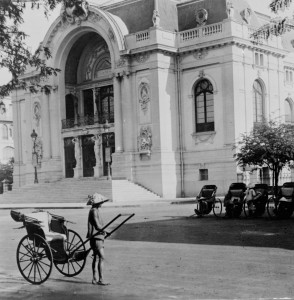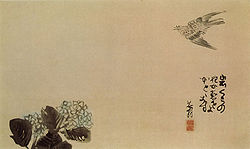
Today’s poem is actually a three-fer. I’ve been writing to prompts from NaPoWriMo, one of the national sites for National Poetry Writing Month. The poem today is written from yesterday’s prompt, which asked writers to do a riff on a poem (Black Stone Lying On A White Stone) by César Vallejo. To show those writers who might wonder how the heck you write from/ to another’s poem, NaPoWriMo offered a 2nd poem by Stephen Burt (A Nickel on Top of a Penny).
All of this is by way of remarking: poetry is another kind of web. Like Buddhism (you KNEW I was going to say that), like life. If all that I’ve learned from reading & writing poetry could be measured and sold? I’d be so rich! Oh wait ~ that’s the whole point of poetry…
Seriously? To look so closely at anything — poetry, a bee, the surface of a cup of hot tea — is to learn. Just seeing the moment clearly is, as all meditation teaches (in any faith tradition) a form of reverence for life.
So here is my poem today, a tribute to both poets, as well as my own childhood, and the differences that were obvious very early.

Courtesy Google
Dust On a Tropical Breeze
after César Vallejo
Old Saigon will claim me
after I fold my wings, after decades of flight.
Probably on Monday moonday, Lundi, at the grande marché
I will collapse in feathery dust beside the leper at the gate.
I knew this even as a child, watching the leper’s outstretched hands
knew I was already half-erased, only a dusty ghost
like the hungry bụi đời[1] who float upon the wind.
I am half Saigon still.
‘She is gone,’ they will murmur, in breathy whispers.
My words will unravel like the silk of cocoons
and they will weave a sieve to catch the wind.
‘We didn’t mean to hurt her,’ they will say.
‘Who knew she would fall to dust?
She seemed so much more solid…’
[1] The Vietnamese term bụi đời means”dust of life”; it has come to refer to refugees vagrants, as well as Amerasian children left behind after the Việt Nam war.

